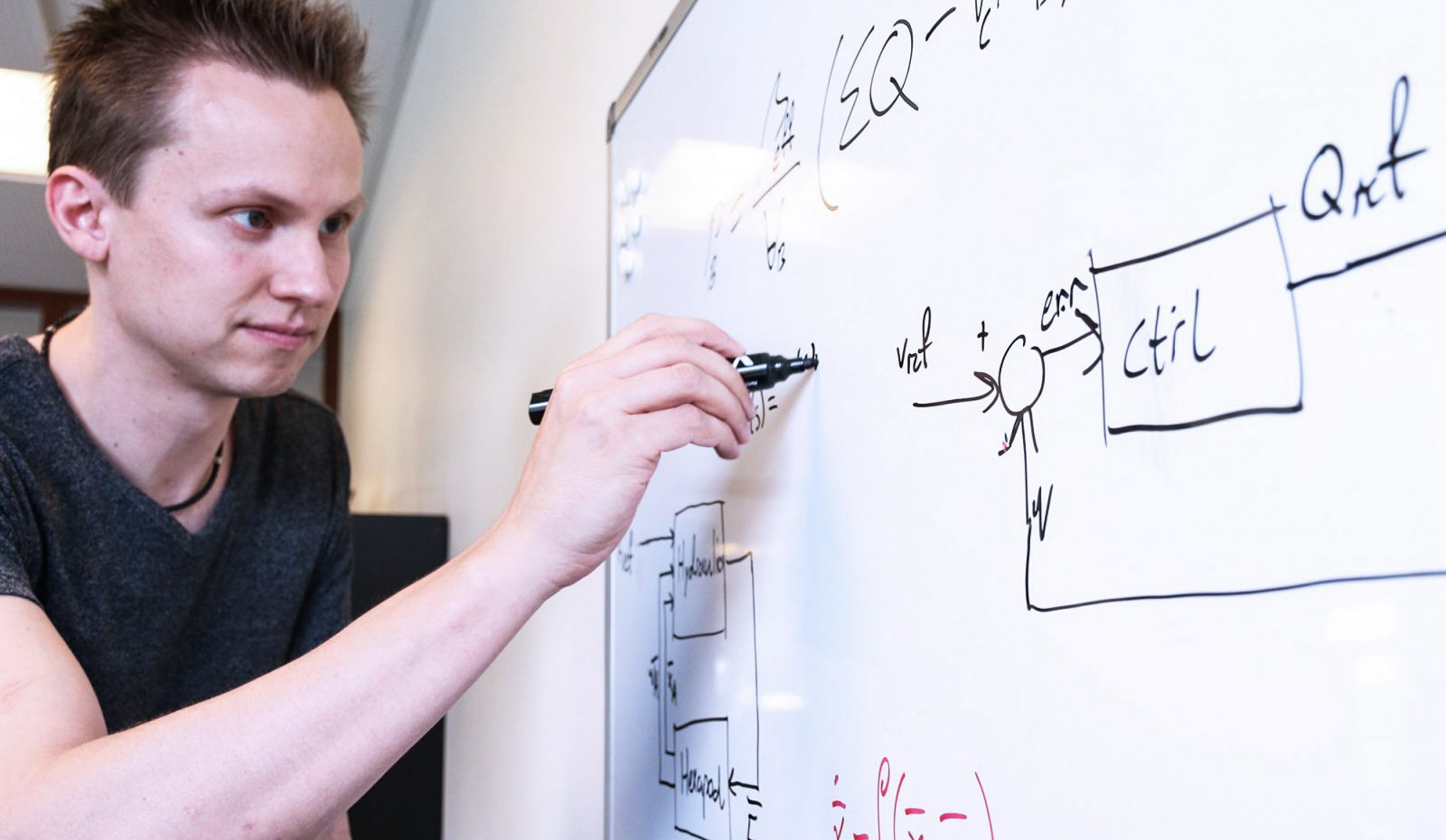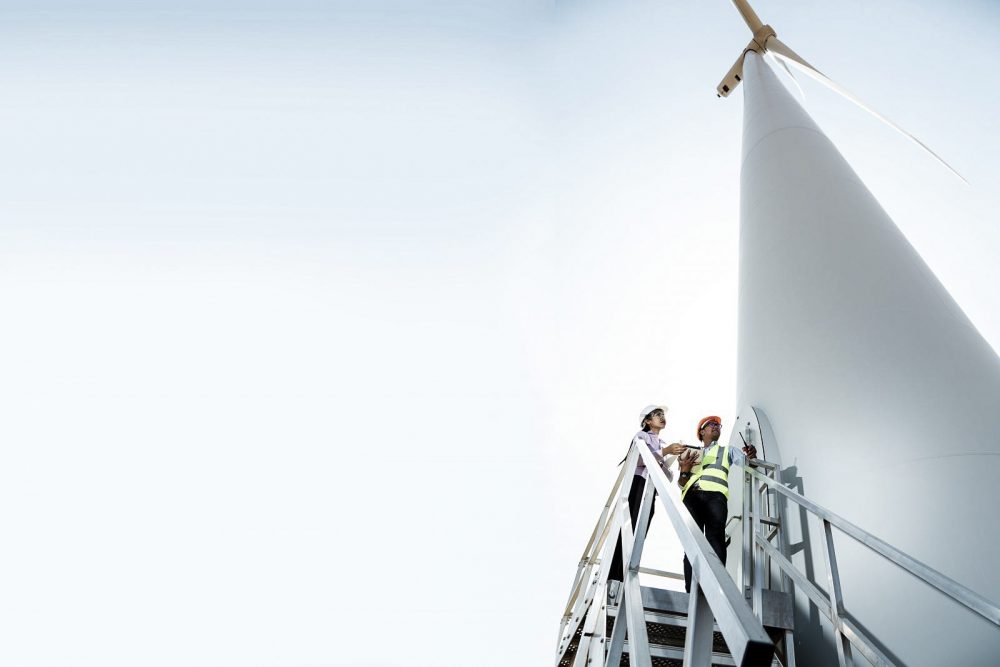
Insights
R&D reduces the risks of turnkey systems through simulations
R&D has extensive knowledge and experience with the development of large-scale test systems. The system-wide insight is used to improve projects through analyses and simulations in the preliminary phases.
When developing turnkey systems, R&D focuses on minimising risks related to design and structure errors. Risk identification is already initiated in the conceptual phase to define and eliminate potential challenges and errors.
By using simulation models to identify critical aspects of different designs, R&D finds potential concepts and cost-drivers which allows for further customisation of the required specification. Hereby, risks and alternative solutions are identified at an early stage to ensure a steady progress of the project with a solution which fulfils the customer’s demands.
Fast-running quasi-static models are used for concept optimisation followed by validation of the solutions through complex full-dynamic models. “We integrate both the mechanical, hydraulic and software parts, and we produce data by simulating both day-to-day running and extreme loads. We can predict potential problems before initiating tests,” Rico Hjerm Hansen says, Civil Engineer and Ph.D. at R&D.
Predicting the future behaviour of the system
“Simulation models can predict the future behaviour of a system. Due to our wide experience and system insight, we can assess what the model should include. This is an important input to the final requirement specification,” Rico explains. “We are also able to test upgrades on control systems and identify errors in the software or control algorithm before starting the system.”
Rico Hjerm Hansen sees great advantages in R&D’s wide range of competences, also within areas such as hydraulics, software and control. “As an example, we simulate in many loops where we continuously change the hydraulics and the controls, resulting in changes in the requirements for the mechanical part. Within few minutes, we can register whether the system will behave as we predicted.”
Detailed requirements for hydraulics and controls
“We are able to make requirements for areas such as controls and hydraulics and carry out realistic tests of the requirements for the size of valves, pipes and pump stations. Today, our competences are at the same level as our subcontractors, or maybe even at a higher level due to our knowledge of the entire system. At the same time, we can react significantly faster when a project changes along the way."




